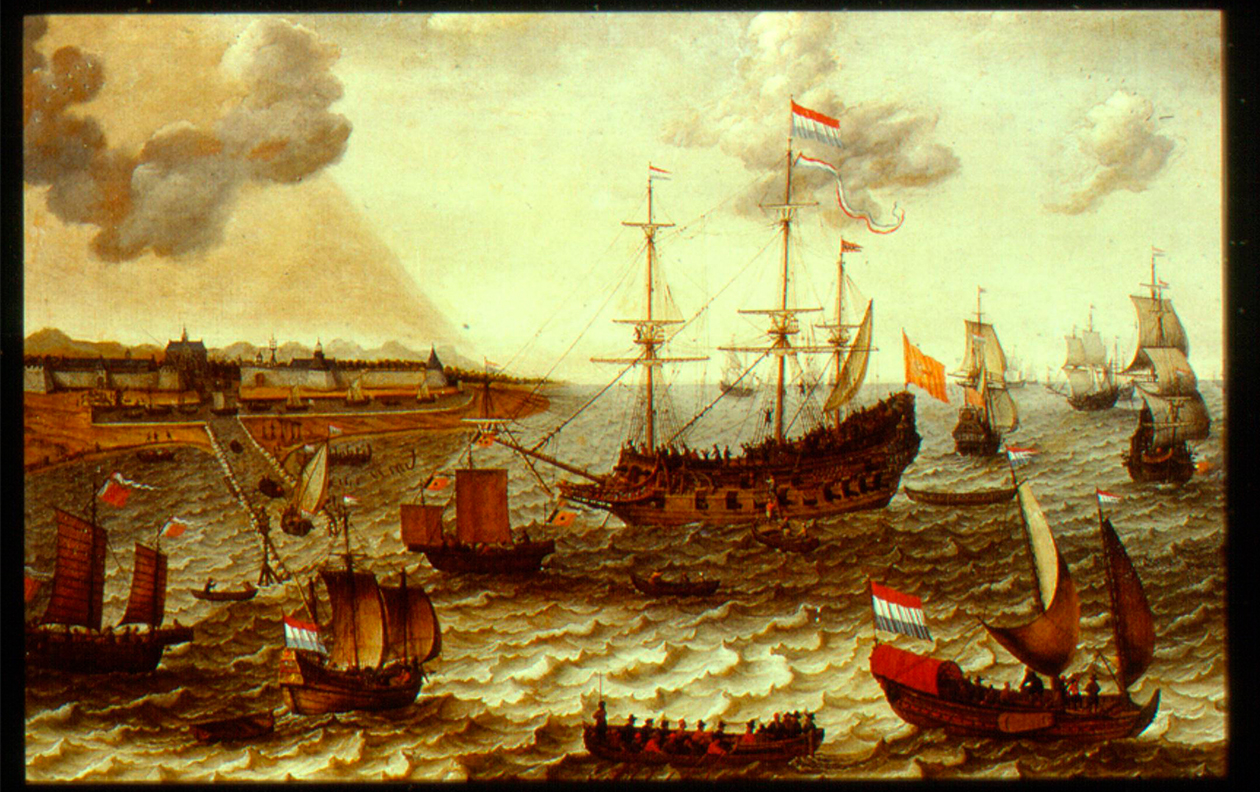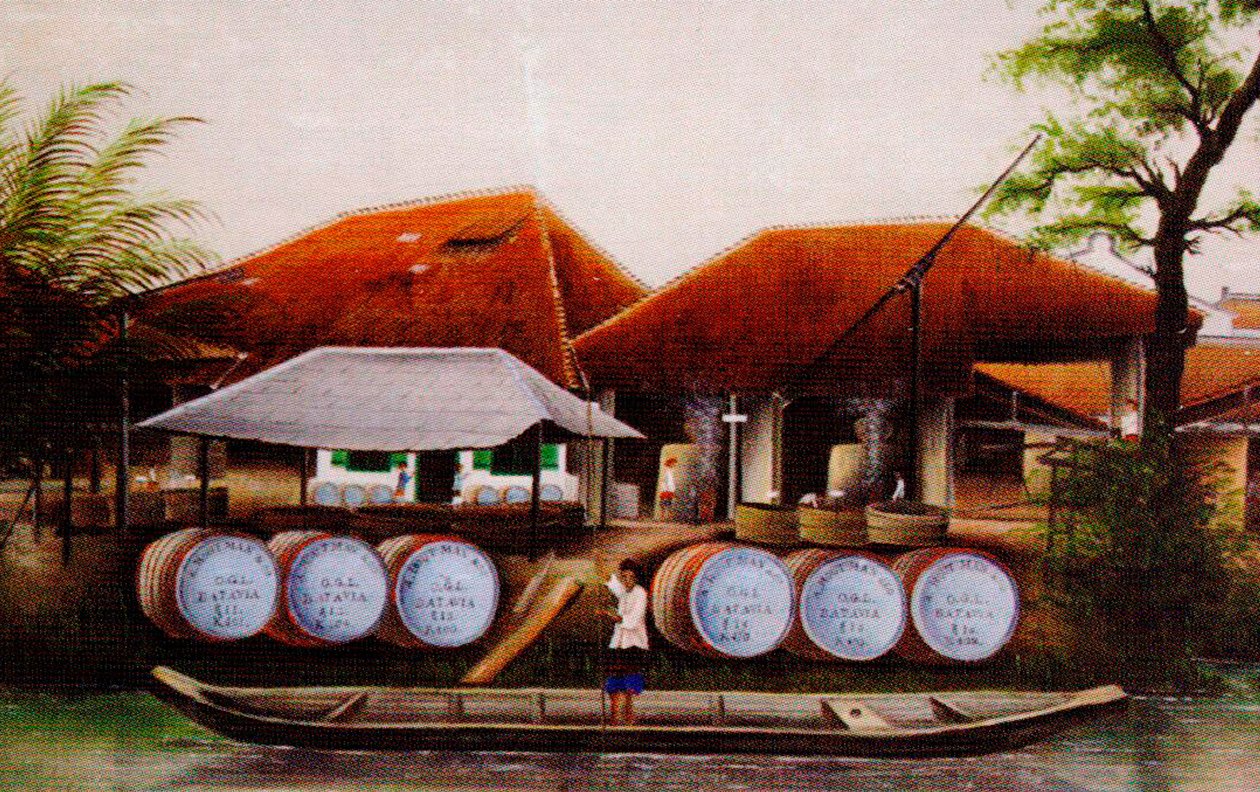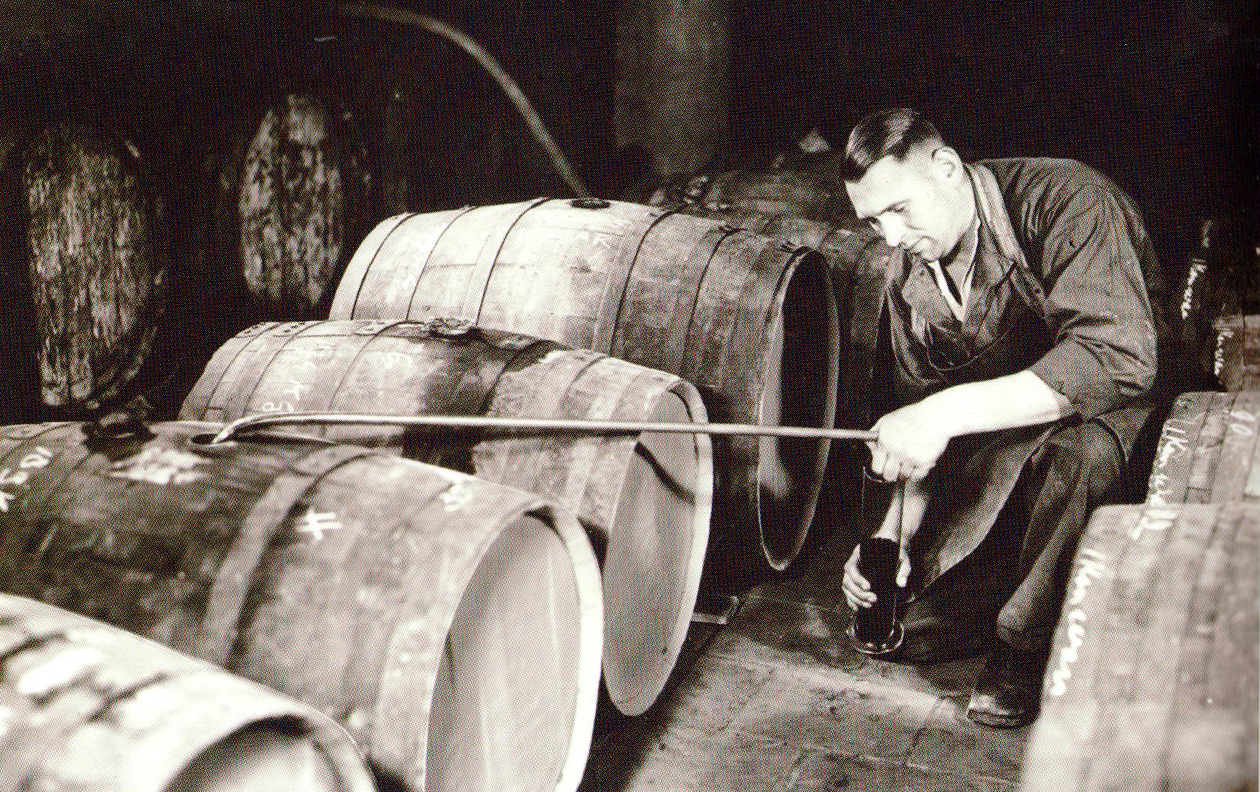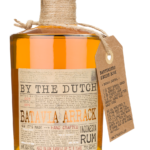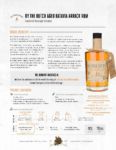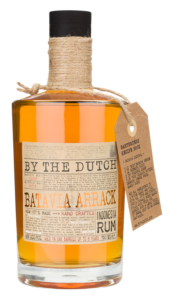
Tasting Notes
- Dry, slightly bitter
- Dense and earthy, vegetal, herbal and peppery
- Acidic, woodsy, bark-like, peppery, sappy and clean
- Long, deeply herbal, earthy, mossy/mushroom like finish
Serving Recommendations
- Neat
- In punches and confectionary
- Wonderfully showcased in cocktails
Awards
- GOLD, 92 POINTS, EXCEPTIONAL Tastings.com 2018
- NOMINATION, BEST NEW EUROPEAN SPIRIT Mixology Bar Awards 2018
- ★★★★ HIGHLY RECOMMENDED Spirit Journal 2016
- BRONZE Los Angeles Int’l Competition 2016
The Rum of Indonesia
Production Process
Island of Java
Molasses + Water Wash + Local Red Rice
1st Distillation
2nd Distillation
Unaged Batavia Arrack Shipped to Amsterdam
Amsterdam
[ Unaged Batavia Arrack + Large Oak Casks ] x Up to 8 Years
Blended to 48% ABV
Authentically Funky, Aged Batavia Arrack
What is Batavia Arrack
Batavia Arrack is a distillate based on sugarcane-molasses and red rice, produced exclusively on the island of Java, Indonesia dating back to the 17th century.
It is comprised of a specific range of pot still distillates originating from the East Indies, adopted from ancient Chinese pot still methodologies.
A History of Batavia Arrack
In 1619, the Dutch founded a permanent colony in Java, at Jakarta, which they renamed “Batavia,”. The Dutch looked at the success the Spanish who populated their colony with Chinese traders and did so as well.
One of the first things the Dutch did is finance a Chinese-manned sugar industry: Cane grew beautifully in Java, but the natives had no interest in pressing out and crystallizing the juice.
The solution to the problem was found in 1614 when the Dutch established a new distillery in Batavia to make Arrack which must be distilled from sugar and rice. A small addition of red rice would trigger the fermentation and add a certain ‘funky’ flavor.
This red rice cake sets the Batavia Arrack apart from Rum.
After the fermentation and distillation of the Batavia Arrack it was shipped to the Netherlands. The fragile stoneware jars which were used for transportation before were replaced by wooden casks made out of teak wood – one of the things that grows in Indonesia.


